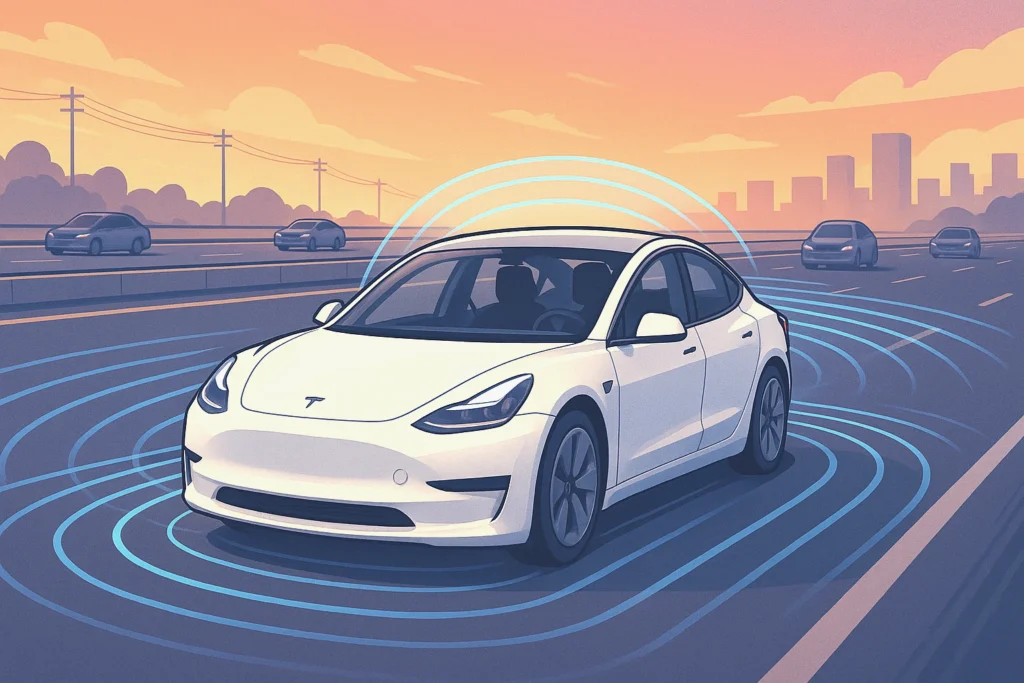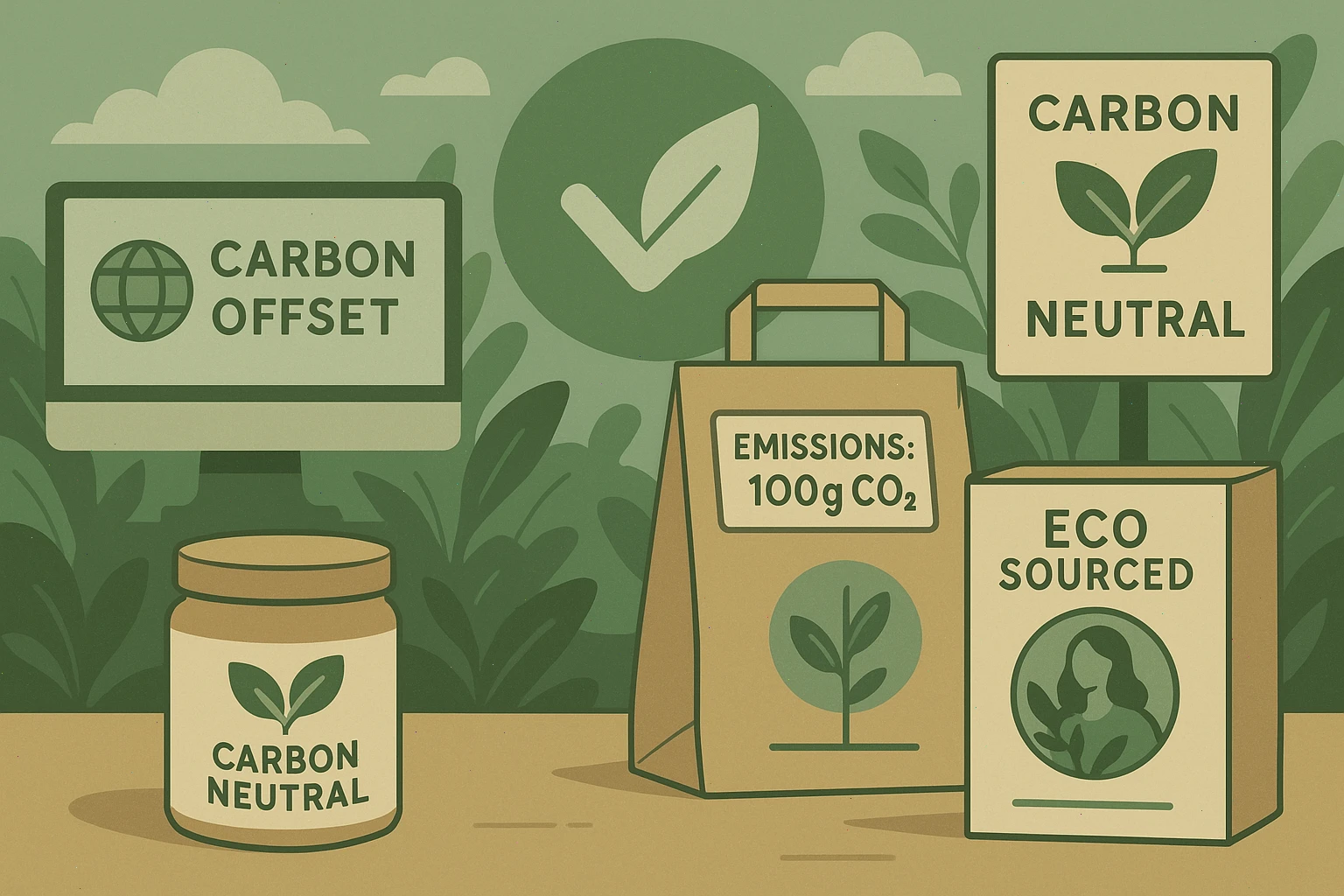Tesla is one of the few companies that managed to increase its revenue 10-fold in just 30 months – from $2 billion to $20 billion. This growth occurred during the period before and after the launch of Model 3 – the company’s first mass-market electric vehicle. But how did Tesla achieve this?
1. A Product That Can’t Be Replaced
Before scaling up, Tesla made sure its product was truly needed by the market.
The 40% Rule: Jon McNeill, former Tesla president, said: “40% of customers should say they can’t live without your product. If not – the company isn’t ready for growth.”
Tesla continuously improved the Model 3 until it reached this level. For example, in 2023 the company reduced prices by 20% to make EVs more affordable and increase demand.
2. Efficient Sales: LTV vs CAC
Scaling only began when customer lifetime value (LTV) became 4 times higher than customer acquisition costs (CAC).
In 2024, Tesla reduced marketing expenses, focusing оn direct sales and word-of-mouth.
However, in 2025 growth slowed: Q1 revenue fell by 9% and earnings per share by 71% due to price wars with Chinese manufacturers.
3. Global Expansion and Challenges

China: In 2024 Tesla faced tough competition from BYD, whose EVs cost 2-3 times less (e.g. BYD Seagull under $10,000).
Europe: In Germany, Tesla sales dropped 60% in June 2025 while the overall EV market grew by 8.6%.
4. Energy Business – The New Growth Driver
While the automotive segment slows, Tesla is betting on energy storage:
In Q2 2024, the company delivered record 9.4 GWh of energy storage systems – twice as much as the previous quarter.
By 2030, the energy segment could generate $30-40 billion annually thanks to new factories in California and China.
5. Full Self-Driving (FSD) – Future or Risk?
Problems: FSD still hasn’t received approval for fully autonomous driving in any country. In the US, Tesla is under investigation for potentially misleading consumers.
Prospects: In August 2025 Tesla announced its Cybercab robotaxi, which could become a new revenue source. Cathie Wood of Ark Invest predicts this business could generate $756 billion annually by 2029.
Conclusion: What’s Next?
Tesla stands at a crossroads:
Strengths: energy business, FSD, global factories.
Risks: price wars, aging product lineup, dependence on Elon Musk.
“Tesla’s growth isn’t magic but discipline: first the product, then scale” – this summarizes the company’s strategy. Its future now depends on whether it can repeat the Model 3’s success with robotaxis and energy storage.





